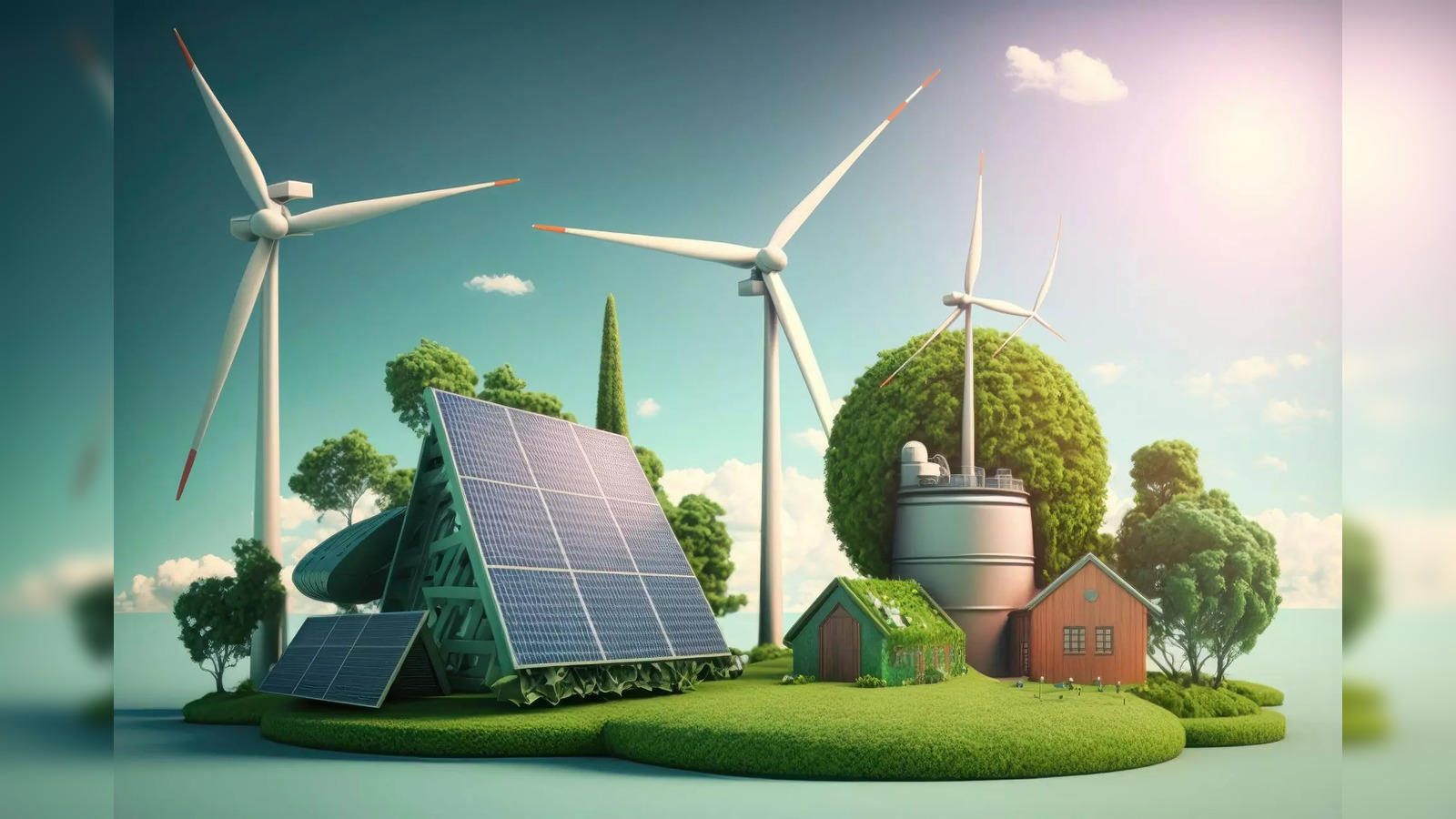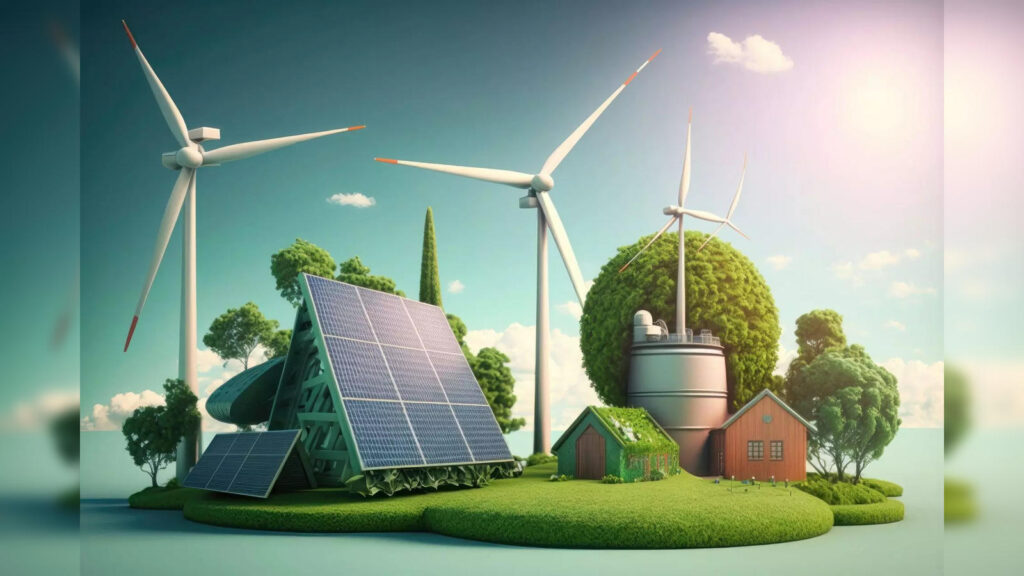

It is heartening to note that global lenders are increasingly coming forward to strongly support India’s ongoing clean and green energy expansion programmes. India, the world’s third largest energy consumer after China and the United States, has set a target to reduce the carbon intensity of the nation’s economy by less than 45 percent by the end of 2030, or within the next six years. The goal is to achieve 50 percent cumulative electric power installed by the end of this decade from renewables. The country aims for 500 GW of renewable energy installed capacity by then. It is estimated that it will require an investment of around Rs.32 trillion to meet its immediate green energy goals. The task is not easy, especially in terms of technological innovation and support of skilled labour. However, it seems there will be no dearth of funds to support the new clean and green energy projects the country wants to set up.
Major foreign banks from Europe, the US and Japan are ready to lend millions of dollars to support India’s green energy projects. Top global financial institutions such as the International Finance Corporation (IFC), Asian Development Bank (ADB), JP Morgan Chase, Bank of America, Wells Fargo, Morgan Stanley, HSBC, Deutsche Bank, BNP Paribas and MUFG Bank of Japan, are believed to be keen to get associated with India’s green energy projects. Lately, the IFC has partnered with Axis Bank to provide a $500 million loan for green energy projects. The country aims to produce five million tons of green hydrogen by 2030. This will be supported by 125 GW of renewable energy capacity. The ADB has funded several green power projects in India. Among them are: a 400-MW SAEL Gujarat Solar Power generation programme, $240.5-million loan to SBI and NABARD to finance rooftop solar systems, and support green energy corridor and grid strengthening projects.
India made several commitments at the 26th Conference of Parties (COP26) to the United Nations Framework Convention on Climate Change (UNFCCC) in Glasgow, United Kingdom. They include the target of net-zero emissions by 2070, bringing non-fossil energy capacity to 500GW by 2030, lowering its economy carbon intensity down to 45 percent by 2030 compared to 2005 levels, and fulfilling 50 percent of the country’s energy requirements through renewable resources by 2030. Going by the World Economic Forum’s 2024 Energy Transition Index, the top four countries making big progress towards a sustainable energy future are Sweden, Denmark, Finland, and Switzerland. These countries are part of Northern Europe, which has made significant progress in energy efficiency, renewable energy deployment, and environmental sustainability.
In Asia, China and India, the world’s two most populous countries, are making substantial progress in energy transition. Last year, China commissioned as much solar photovoltaic capacity as the entire world did in the previous year. China is also believed to have accounted for over half of the global capacity for hydrogen electrolysers in 2023. India is setting up 50 solar parks with an aggregate capacity of 37.49 GW. Wind energy has an off-shore target of 30 GW by 2030, with potential sites identified. During the current year, India and Germany have awarded more than half of the world’s renewable energy capacity in competitive auctions. Azerbaijan is also pursuing a strong clean energy programme and has stepped up gas exports to energy-starved European countries. It may be noted that energy consumption varies across countries on the basis of the population size. For instance, an average person in wealthy countries like Iceland, Norway, Canada, the United States, Oman, Saudi Arabia, and Qatar consumes 100 times more energy than some of the world’s poorest countries.
Globally, India today boasts the fourth largest position in renewable energy installed capacity. It includes the generation capacity from large hydro projects as well. The country is also the fourth largest in wind power capacity and the fifth ranked in solar power capacity. India’s installed non-fossil fuel capacity has gone up nearly 400 percent in the last eight-and-half years and stands at more than 207.76 GW (including large Hydro and nuclear), about 46 percent of the country’s total capacity (as of August 2024). India saw the highest year-on-year growth in renewable energy additions of 9.83 percent in 2022.
The installed solar energy capacity has increased by 30 times in the last 9 years and stands at 89.4 GW as of August 2024. India’s solar energy potential is estimated to be 748 GWp as estimated by National Institute of Solar Energy (NISE). The installed Renewable energy capacity (including large hydro) has increased by around 128 percent since 2014. There is no restriction on foreign direct investment in the clean energy sector. Up to 100 percent FDI is allowed under the automatic route for renewable energy generation and distribution projects subject to provisions of The Electricity Act 2003.
Therefore, it is no wonder that the global fund investors are high on India’s new green and clean energy projects. Last week, the state-owned Power Finance Corporation (PFC) secured the largest-ever foreign currency term loan of $1.265 billion. The PFC is the country’s largest non-banking financial services company, offering financial support to the country’s power and infrastructure sectors. In August, the PFC received a 25.5-billion Yen loan from the Japan Bank for International Cooperation to fund a wind energy project in Karnataka. This includes contributions from Sumitomo Mitsui Banking Corporation and other Japanese banks. The loan is part of JBIC’s GREEN initiative, aimed at balancing economic growth with environmental preservation. The world is keenly watching India’s ambitious journey to expand its renewable energy capacity. (IPA Service)




